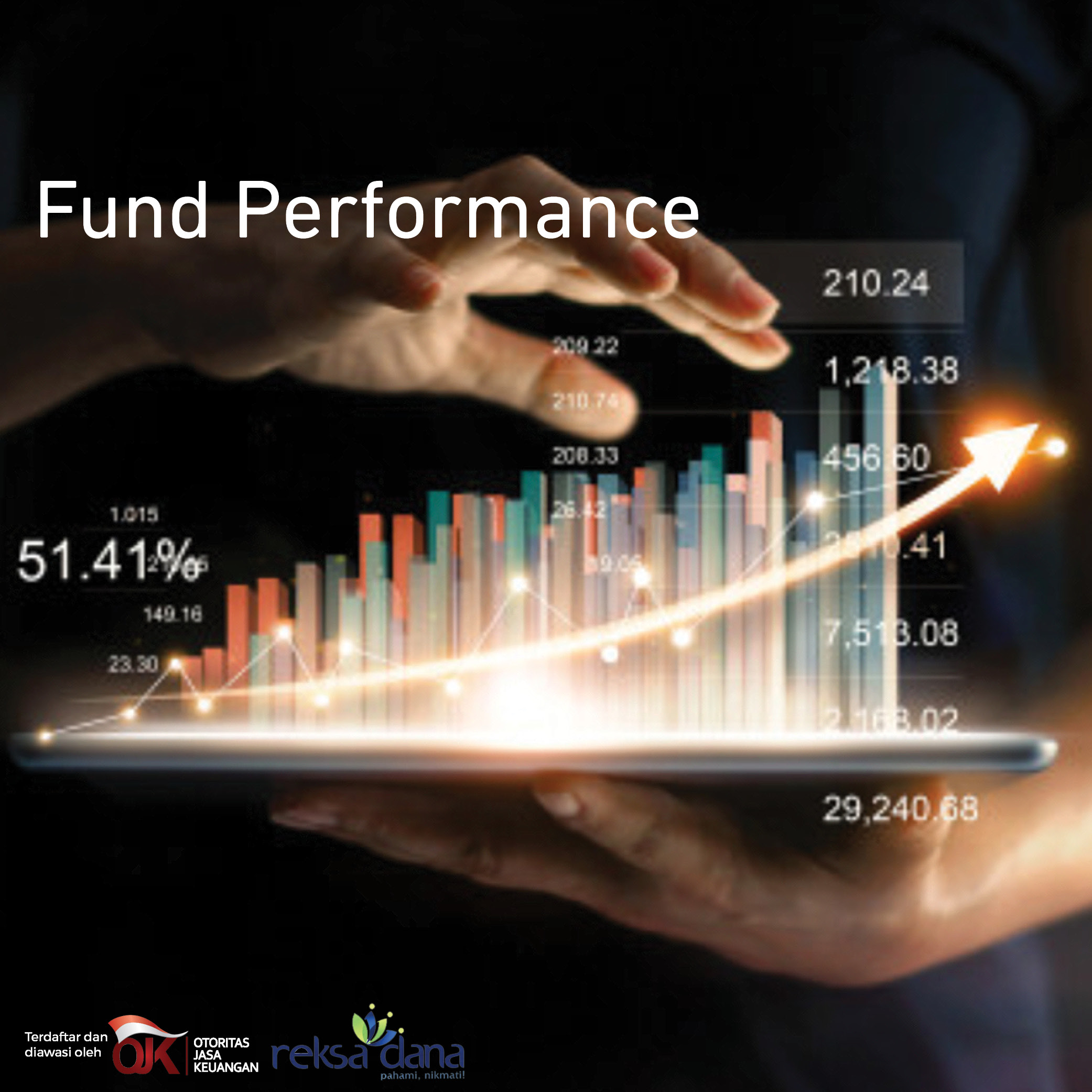ECONOMIC UPDATE - Monetary Review
25 bps Now and Still More to Come
Bank Indonesia raises 7-day reverse repo rate by 25 bps
In September board of governor meeting, Bank Indonesia decided to raise policy rates by another 25 bps to 5.75%, in line with consensus but below our estimates. It also increased deposit facility rate to 5.00% and lending facility rate to 6.50%. The central bank has raised policy rates for 5 times in 2018 totaling 150 bps hike.
All out move for reducing CAD and maintaining Rupiah stability
Bank Indonesia stated that this move is consistent with central bank’s and government’s efforts to reduce current account deficit (CAD) and maintaining Rupiah stability. It sees central bank and government’s current effort to reduce import will help lower CAD to be at 2.5% of GDP in 2019, implying that BI expects higher than 2.5% of GDP CAD in this year. Bank Indonesia also allowed domestic non deliverable forward (NDF) transactions to help hedging Rupiah value, especially for exporters and investors, and maintain stability of Rupiah in the end because this transaction should be done in Rupiah term. One of interesting point in the BoG press conference was that BI saw the impact of Rupiah depreciation to inflation will be low because most of companies in BI’s surveys did not pass the cost to consumers considering low demand. However, IHS Markit in the latest manufacturing PMI survey stated that manufacturers started to pass over the cost to consumers even though the magnitude was not disclosed. We believe that corporations may start to pass over the cost to consumers due to increasing domestic demand in 2Q18 but the magnitude will be low, allowing inflation to hover around 3.5% in YE 2018. However, we see that aggressive rate hike and Rupiah depreciation may drag down GDP growth to 5.1% in 2019, due mainly to investment lower growth.
Testing Fed’s consistency amid trade war effect starting 4Q18
FOMC raised interest rates and maintained expectations for another 25 bps hike this year. Current rate hike is already expected by the market but FOMC consistency in maintaining 75 bps rate hike in 2019 give the sign of their independency despite President Donald Trump’s comments against the hike. Fed sees more gradual tightening is needed to accommodate US economic strong growth. It even pulled out “accommodative” policy stance in their statement, showing they shift to a neutral interest rate policy stance. Theoretically, many academicians believe that FFR neutral policy is at 2.5% - 3.0%. The question now is whether The Fed to continue tightening beyond neutral rate. In their current projection, they expect 75 bps FFR hike in 2019 and 25 bps FFR hike in 2020, making the rate projection in the end of 2020 to be at 3.25% - 3.50%. However, FOMC stance may face challenge from trade war effect which will start to emerge in 4Q18. If trade war changes the downtrend of unemployment rate in US, it should reduce Fed’s confidence to raise FFR by 100 bps in 2019 - 2020. Other thing that caught our eyes is market expectation on FFR hike next year. As of August, the Bloomberg survey showed most economists expect only 25 bps FFR hike in 2019 to 2.50% - 2.75% (see exhibit 2). However, the trend started to change in late September as economists started to shift their view to 50 bps hike in 2019, making the UST yield increase to above 3% level. We believe the uptrend of UST yield will be over if FOMC reduce its FFR hike view in 2019 to 50 bps. However, if FOMC is still consistent with 75 bps FFR hike in 2019, UST yield may continue its uptrend and bring more pressure to emerging market.
Rupiah at Rp 14,750 in YE 2018, another 25 bps rate hike is expected in 4Q18
As central bank move is not aggressive as we expect (50 bps hike), Rupiah will still hover around Rp 14,900 in short term. However, it may strengthen in YE 2018 to around Rp 14,750 in two conditions: 1) Trade balance deficit narrow down to below USD 1 bn in 4Q18, making CAD expectation will be lower than 2.5% of GDP; 2) US is not using its import tariff to other USD 267 bn China’s goods. More stable global environment will attract more inflows to Indonesia’s bonds market. Exhibit 4 denoted Indonesia’s higher 10-yr bond yield is higher than India even though Rupee depreciation is more severe than Rupiah (see exhibit 3). We believe this should be the sign that Indonesia’s bonds are oversold and investors will pick Indonesia’s bonds when they are back to emerging market, helping Rupiah to slightly strengthen in 4Q18. Another rate hike is also expected in November to minimize the negative impact from widening 3Q18 CAD which is potentially higher than 3% of GDP.
















